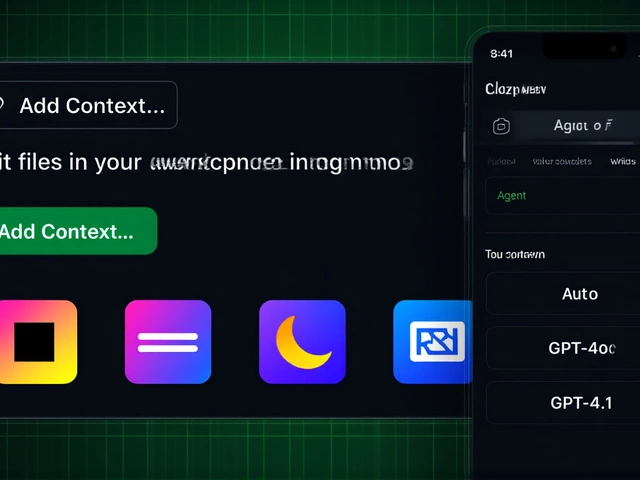Resilience: The Key to Winning in NY Sports Coaching
Ever watched an athlete bounce back after a loss and wonder what fuels that comeback? It’s not just raw talent – it’s resilience. In the fast‑paced world of New York sports, a player’s ability to stay focused, recover quickly, and keep grinding separates the good from the great. As a coach, teaching resilience is as important as perfecting a drill, because mental toughness shows up when the scoreboard doesn’t.
Why Resilience Matters for Athletes
Resilience isn’t a buzzword; it’s a measurable skill. Research from local universities shows that resilient athletes handle pressure better, recover from injuries faster, and maintain consistent performance across a season. In our city’s competitive leagues, games can swing in seconds, and a single mistake can decide a championship. Players who can shake off setbacks stay in the game longer and inspire teammates to do the same.
For coaches, spotting resilience early helps you shape rosters that can handle the grind. It also builds a culture where failure is a stepping stone, not a dead end. That culture matters whether you’re running a high‑school varsity team in the Bronx or a semi‑pro squad in Brooklyn.
Practical Ways to Train Resilience
1. Set Small, Achievable Challenges – Break big goals into bite‑size tasks. A soccer player might focus on improving one footwork pattern each week. Small wins create a habit of success and reinforce confidence.
2. Use Controlled Stress Drills – Simulate pressure situations in practice. Throw a timed shoot‑out or a sudden‑death scrimmage. The goal isn’t to overwhelm but to let athletes experience stress in a safe setting, so they learn to regulate nerves.
3. Debrief, Don’t Dismiss – After a loss, gather the team and ask what went right, what went wrong, and what they’ll try next time. This keeps the focus on growth rather than blame.
4. Mind‑Set Scripts – Teach simple self‑talk phrases like “I’ve got this” or “One play at a time.” Repeating these during breaks helps rewire the brain’s response to adversity.
5. Recovery Routines – Physical recovery tools (foam rolling, stretching) pair well with mental recovery (breathing exercises, short meditations). When athletes see recovery as a routine, they’re less likely to feel defeated by a bad day.
Implementing these steps doesn’t require a full‑scale program; you can start with one drill per week and watch the change unfold. Track progress by noting how quickly players shake off mistakes, or by measuring improvements in performance under pressure.
At NY Sport Coaching Hub, we’ve seen teams transform when coaches weave resilience into every session. Our members share stories of players who turned a season‑ending injury into a comeback story that led their squads to playoff runs. The secret? Consistency, clear feedback, and a willingness to treat mental toughness like any other skill.
Ready to boost your team’s resilience? Start by picking one of the five tactics above, apply it in your next practice, and watch the attitude shift. Keep it simple, stay patient, and remember that every setback is just another chance to train stronger.
Kieran Lockhart, Apr, 23 2025
Jack Wilshere Spotlights Resilience as Arsenal U18s Pull Off Consecutive 3-Goal Comebacks
Arsenal U18s coach Jack Wilshere praised his squad’s ability to claw back from back-to-back 3-0 deficits, highlighting the team’s resilience and drawing on his personal experiences with injury setbacks to guide young players.
View More




